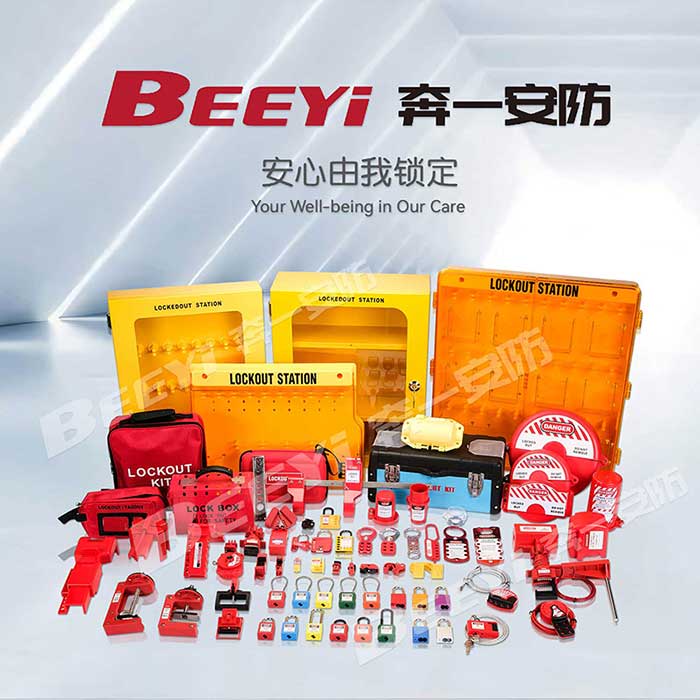electrical equipment lockouts installation guide: ensuring safety in electrical maintenance
Release time:2025-10-23 21:22:01
When working with electrical equipment, safety should always be the primary concern. One of the most effective safety measures is the use of Electrical Equipment Lockouts (EELs), which ensure that equipment is properly isolated and cannot be accidentally activated during maintenance or repair. The installation of lockout devices is a critical process that requires careful planning and execution to prevent workplace accidents and injuries. In this guide, we will explore the essential steps for installing electrical equipment lockouts and how they can improve safety in the workplace.

1. Understanding Lockout Devices and Their Purpose
Electrical Equipment Lockouts are physical devices used to prevent the inadvertent operation of electrical systems during maintenance or servicing. These devices are typically applied to electrical equipment such as circuit breakers, disconnect switches, and other power sources to ensure that they remain in an off or isolated state until work is complete. Lockouts work in conjunction with tags, known as Tagout, which provide additional information regarding the status of the equipment.
The primary purpose of a lockout is to prevent accidents caused by unintentional equipment startup. This is particularly important when maintenance personnel are working with hazardous equipment, as unexpected movements or electrical surges can lead to severe injuries or even fatalities.

